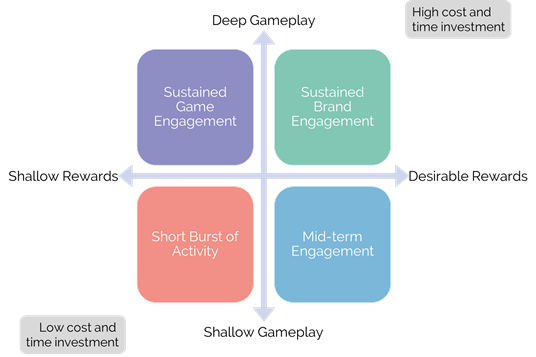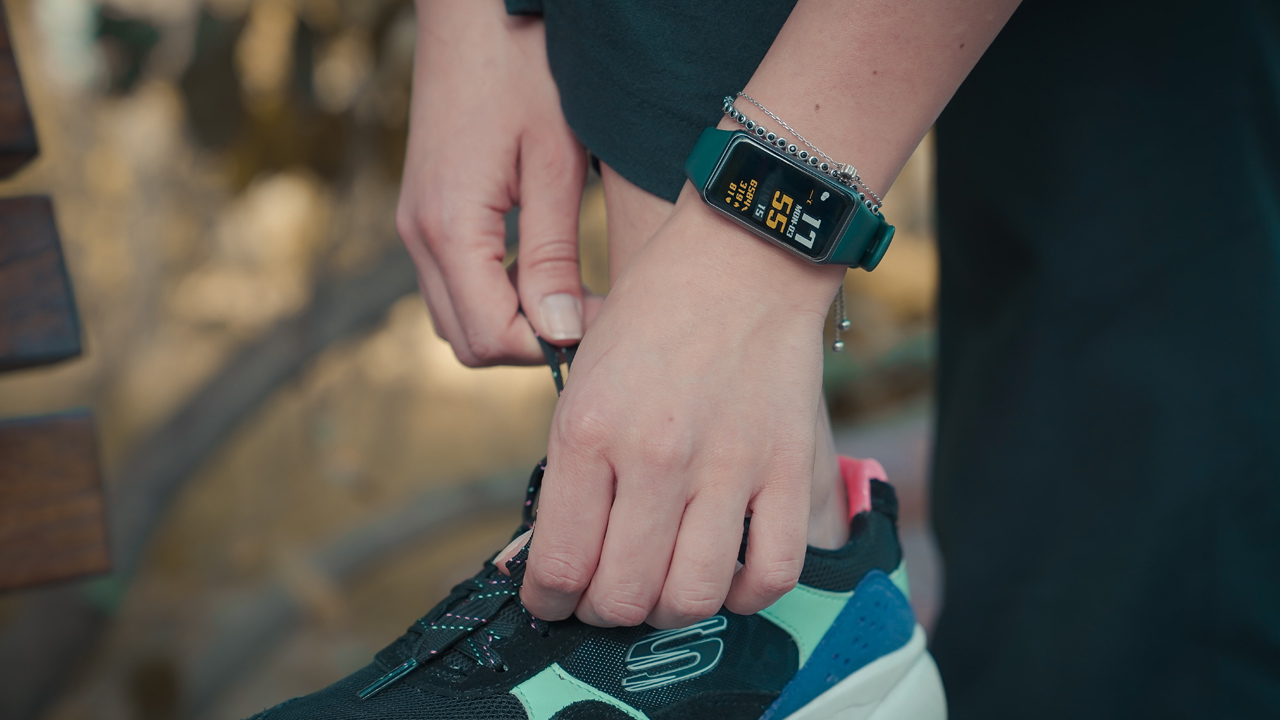Gamification, the use of game design, game elements and play for non-entertainment purposes, is a divisive word. It conjures pictures of employees and customers playing video games, where in reality it very rarely looks like that.
Gamification, in its purest form, borrows from games to increase engagement with an activity. It could simply be that the addition of clear goals and feedback in the form of progress maps and scores can achieve this. On the other hand, a strong narrative and game-like look and feel might be the best way achieve the specified business outcomes.
The point is that gamification needs to be applied in a way that fits a well-defined brief, achieves the business outcomes and balances the client’s wants with the client’s needs (which are often at odds).
However, far too often we see “Gimmick Gamification”, that looks pretty but achieves very little. It relies on the novelty factor but has no eye to longevity. It is easy to understand why though. The addition of a simple game to a website looks like a good idea. “Games are fun, people like games, a game will stick in people’s memories, and make us look innovative and exciting”.
The trouble is, the game has to achieve something for both the client and the player. For example, if the client is looking for repeated visits, then often the game will focus on short bursts of play with the promise of a reward for repeat visits. The game is usually very simple and becomes boring quickly. In this instance the rewards have to be very special to maintain at least mid-term engagement. More often than not all that will happen is short bursts of activity as new users discover the game, but very few returning players.
On the flip side, if the game is amazing, but the rewards and messaging are poor, all that you get is players engaging with the game, not the brand! If you are going to rely on a game, it needs to strike a balance of deep gameplay and desirable rewards, but this will and should take time to design.
That’s why good gamification usually focuses on borrowing from games rather than trying to build games. It requires an understanding of the target audience and of what they want and need as well as what the client wants and needs. It requires an understanding of what motivates people to engage over long periods. It requires time and development if it is going to deliver results.
If you want a quick adrenaline shot, the Gimmick Gamification might be for you. If you want sustained and long-term engagement that focuses on change and business outcomes, then you need to look at gamification as a strategy rather than a novelty.









